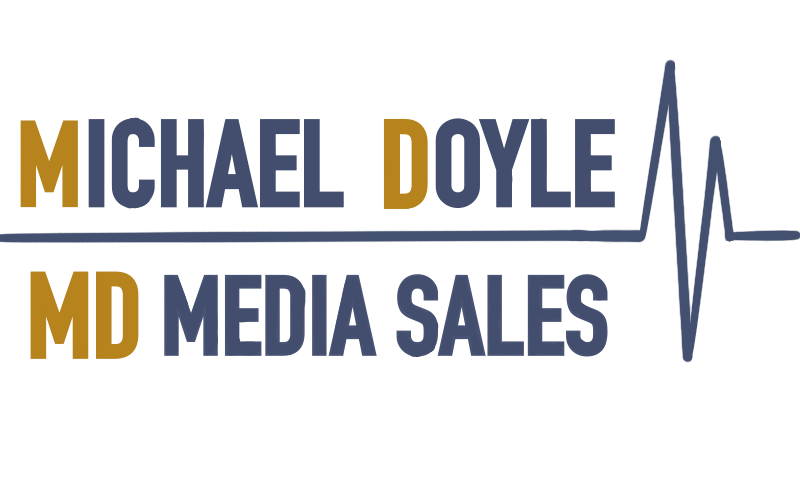Your Prospects Don’t Need You - Or Your Products.
I bought a half inch drill bit last weekend, but I didn’t need it. I needed a half inch hole in my wall.
This is an old sales saying that has been kicking around for years. Still, 30 years into a sales and sales management career; I recently joined a virtual conference of Sales Operations leaders from around the world. A number of these Senior Executives agreed that the #1 problem they had was too many of their sellers didn’t even know how their clients and prospects make money.
I wish I was shocked, but I’m not.
In a world where new products are accelerating, and pressure for revenue growth is too, it is critical for any account executive, sales manager, or sales executive to understand that the key to more sales sometimes is less selling.
Not less activity.
Not less customer interactions.
Less pitching, less talking.
Here are the Eight Keys to converting a suspect into a prospect.
· The goal of your prospect interaction is find out their business problems. Don’t leave until you have some problems to solve (get a homework assignment).
· Understand the prospect’s basic business model, and how they make money BEFORE you interact with the prospect. You can use the internet. Figure out how they MIGHT be able to use your product or service before you visit, but DON’T pitch them your ideas. If they say no, your meeting is over. We will ask for money, but just not on the first date. Use your understanding of their business, their possible problems and your products to ask them better questions.
· Demonstrate knowledge of the prospect’s business with the first question you ask. Prepare five smart, specific questions about their business. Think about problems your product solves for them, and probe into areas you can help them. It sounds like this: “I read an article in Higher Education weekly that said that most Colleges are having enrollment problem this fall due to a decrease in recent High School graduates, and the Covid 19 outbreak. Is that true with you?”
· Don’t put yourself in a box. Notice I did not say, “I know you have an enrollment problem, and I can help.” If you do that, and this is NOT their problem you are stuck.
· After you ask a question, and hear their response, say “Tell me more.” Or “That’s so interesting, can you give me more information about that.” Get them talking – that’s where you will learn.
· Don’t talk about yourself, your company or your products. If you are asked give an overview and then pivot back to the customer with questions. Use stories when talking about your products. Not product specs, but stories about customers your company has helped.
· Get a homework assignment, and don’t leave or disconnect until you have set a time to meet again. Restate the prospect problem – “I hear you saying that you have an issue with measuring the response from your marketing and advertising. If I put some ideas together to show you how we might help with that, would you be willing to meet with me again?”
Prospect interactions are not about your company, your products or you. Your goal is not to explain why your drill bit is better than others. Your goal is to understand why they need a hole in the wall.
Then sell them the drill bit.
And show them how to use it.
